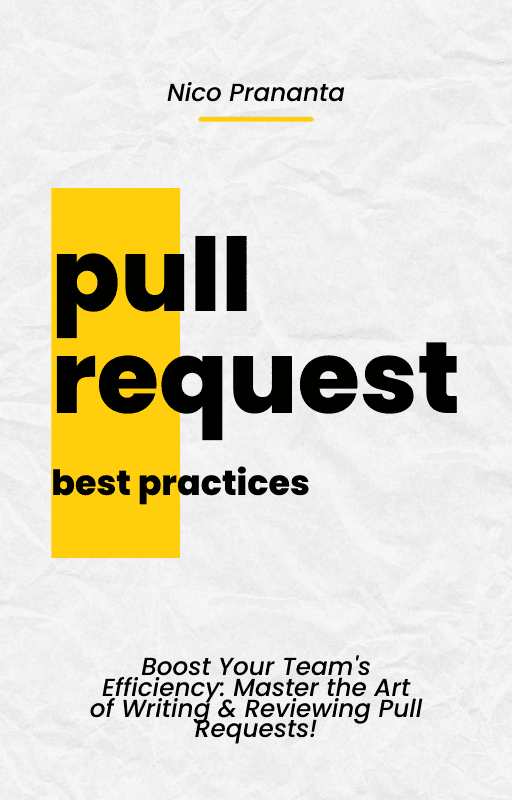- Published on
Why Ignoring Sunk Costs Leads to Better Decision Making
The sunk cost fallacy often leads to poor decision-making. Learn what it is and how to avoid it, complete with real-world examples and practical advice for smarter personal and financial decisions.
- Authors
- Name
- Nico Prananta
- Follow me on Bluesky
Have you ever felt stuck in a project because you've already put in so much time and money? Or kept reading a boring book just because you're already halfway through? If yes, you’ve experienced the sunk cost fallacy.
What is the Sunk Cost Fallacy?
The sunk cost fallacy is when you continue investing in something because of the money, time, or effort you've already put in, even if it's not the best choice anymore. These past investments are called "sunk costs" because they can't be recovered.
Warren Buffett once said,
The most important thing to do if you find yourself in a hole is to stop digging.
It means that just because you've spent a lot on something, it doesn't mean you should keep spending more if it's not worth it.
An Everyday Example
Imagine you’ve spent $100 on a concert ticket. On the day of the concert, you feel unwell and don’t want to go. If you think, “I’ve already spent $100, I have to go,” that's the sunk cost fallacy. The money is already spent and can't be recovered, so your decision should be based on how you feel now, not on the $100 you’ve already spent.
Why It’s a Problem
The fallacy tricks us into throwing good money after bad. It makes us continue down a losing path because we don’t want to "waste" what we've already spent.
Renowned economist Paul Samuelson said,
Good questions outrank easy answers.
In the context of the sunk cost fallacy, the "good question" is about future benefits, not about past losses.
A Rational Approach
The best way to make decisions is by looking forward, not backward. This means focusing on what will give you the best outcome from now on.
Example Calculation:
- Suppose you’ve already invested $100,000 in a project and need to decide whether to invest another $50,000.
- The project has a 60% chance to succeed and earn $200,000, and a 40% chance to fail and earn $50,000.
- The future expected value (EV) is:
EV = (0.6 x 200,000) + (0.4 x 50,000) = 120,000 + 20,000 = 140,000
- You only need to consider the new investment of $50,000, not the $100,000 already spent.
- If you decide to invest, your expected gain is $140,000 - $50,000 = $90,000.
Ignoring the $100,000 invested already helps you make a clear choice: the future gains are worth the new investment.
Moving Forward
By avoiding the sunk cost fallacy, you make better, rational choices. Remember, past costs are gone – what matters is what will give you the best future returns.
Don't let past investments trap you in bad decisions. As Winston Churchill wisely put it,
Success is stumbling from failure to failure with no loss of enthusiasm.
Don't be afraid to change direction if it leads to a better outcome.
Next time you’re faced with a tough choice, focus on future benefits, not past costs. Your future self will thank you.
Are you working in a team environment and your pull request process slows your team down? Then you have to grab a copy of my book, Pull Request Best Practices!
Image
